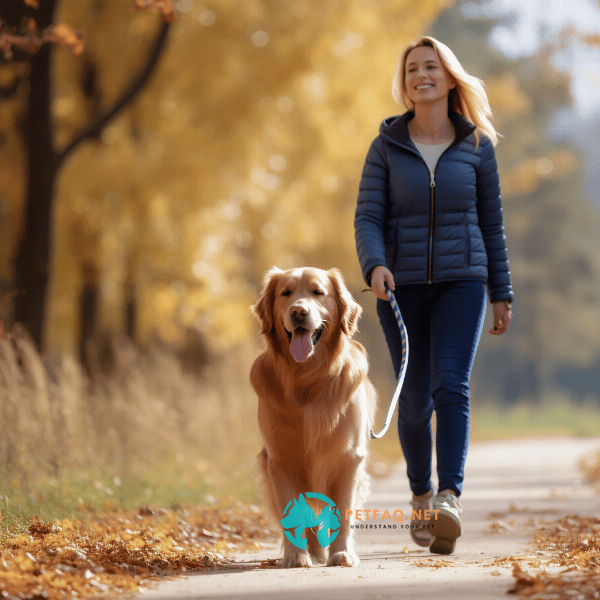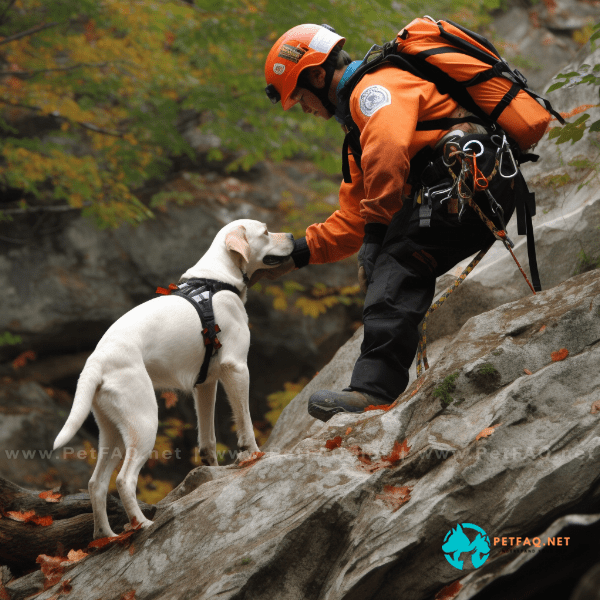Table of Contents
- The Basics of Positive Reinforcement Training for Dogs
- Why Positive Reinforcement Training is the Most Effective Method for Dogs
- Understanding Your Dog’s Motivations and Rewards
- Tips for Implementing Positive Reinforcement Techniques in Training
- Common Mistakes to Avoid in Positive Reinforcement Training
- Positive Reinforcement Training for Specific Behavioral Issues in Dogs
- The Long-Term Benefits of Positive Reinforcement Training for You and Your Dog
- Combining Positive Reinforcement with Other Training Methods for Optimal Results
- How to Make Positive Reinforcement Training a Fun and Rewarding Experience for Your Dog
The Basics of Positive Reinforcement Training for Dogs
Positive reinforcement training is a popular and effective method for training dogs. At its core, positive reinforcement involves rewarding desired behavior with something that the dog finds rewarding or enjoyable, such as treats, praise, or playtime. The idea is that by rewarding good behavior, the dog will be more likely to repeat that behavior in the future.
One of the key principles of positive reinforcement training is to focus on rewarding the behavior that you want to see, rather than punishing or scolding the dog for unwanted behavior. This means that rather than scolding a dog for jumping on a person, for example, you would reward the dog for keeping all four paws on the ground.
Positive reinforcement training can be used to teach a wide range of behaviors, from basic commands like sit and stay, to more complex tricks and behaviors. The key is to start with simple behaviors and gradually build up to more advanced training.
It’s important to note that while positive reinforcement training can be very effective, it does require time, patience, and consistency. It’s also important to use rewards that are actually rewarding to the dog and to avoid punishment or fear-based training methods, which can have negative long-term effects on a dog’s behavior and well-being. Overall, positive reinforcement training is a great way to build a strong bond with your dog and teach them new behaviors in a way that is fun and rewarding for both of you.
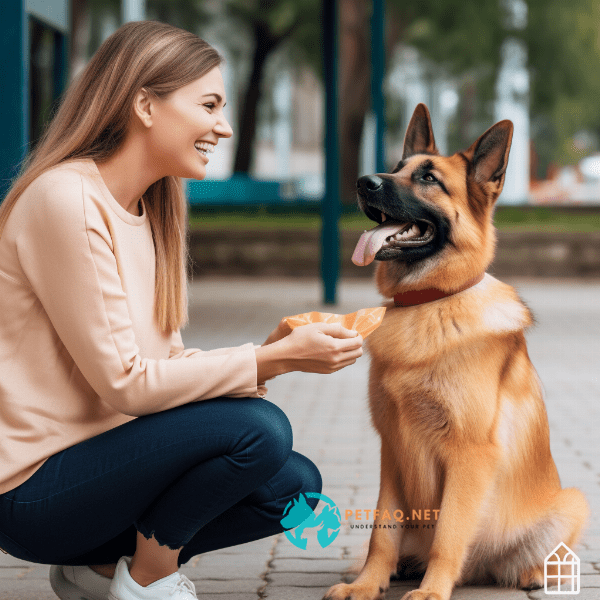
Why Positive Reinforcement Training is the Most Effective Method for Dogs
Positive reinforcement training is widely considered to be the most effective method for training dogs for several reasons. Firstly, positive reinforcement training is based on the principles of operant conditioning, which is a well-established psychological theory that has been studied extensively. This means that there is a strong scientific foundation for the effectiveness of positive reinforcement training.
Another reason that positive reinforcement training is so effective is that it focuses on rewarding good behavior rather than punishing bad behavior. Dogs learn best when they are rewarded for doing something right, rather than being scolded or punished for doing something wrong. When dogs are punished, they may become fearful, anxious, or aggressive, which can make training more difficult and can damage the bond between the dog and the owner.
Positive reinforcement training also encourages dogs to think and problem-solve, rather than simply obeying commands. When dogs are rewarded for figuring out what you want them to do, they become more engaged in the training process and are more likely to remember what they have learned.
Overall, positive reinforcement training is effective, humane, and can help build a strong bond between dogs and their owners. By rewarding good behavior, rather than punishing bad behavior, positive reinforcement training can help your dog learn new tricks and behaviors while enjoying the process.
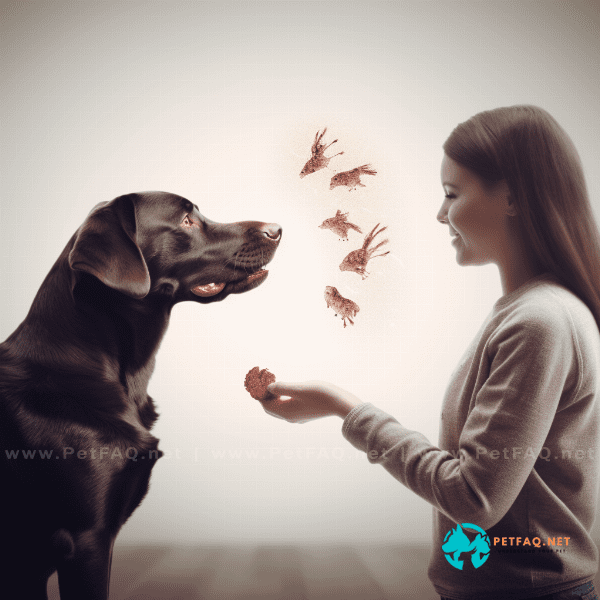
Understanding Your Dog’s Motivations and Rewards
Understanding your dog’s motivations and rewards is a critical component of successful positive reinforcement training. All dogs have different motivations and things that they find rewarding, so it’s important to identify what your dog likes and use those rewards in your training.
One common reward used in positive reinforcement training is treats. Most dogs are highly motivated by food, and treats can be an excellent way to reinforce good behavior. However, it’s important to choose the right type of treat and use them in moderation to avoid overfeeding your dog.
Other dogs may be motivated by toys or playtime, while some dogs may respond best to verbal praise or physical affection. Understanding what your dog likes and what motivates them is key to finding the most effective rewards for your training.
It’s also important to remember that rewards can be anything that your dog finds rewarding, not just food or toys. For example, if your dog loves going for walks, you could use a walk as a reward for good behavior. Similarly, if your dog enjoys playing with other dogs, a playdate at the park could be a great reward.
By understanding your dog’s motivations and rewards, you can create a training program that is tailored to your dog’s individual needs and preferences. This can make the training process more enjoyable for your dog, and can lead to faster and more effective results.
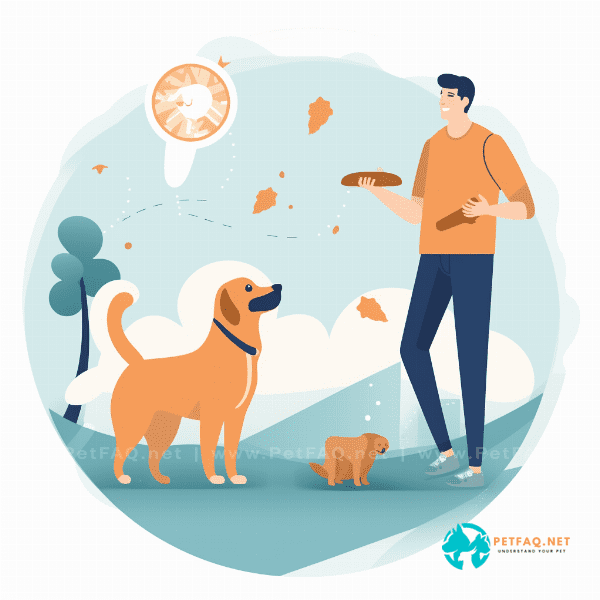
Tips for Implementing Positive Reinforcement Techniques in Training
Implementing positive reinforcement techniques in dog training can be incredibly effective, but it’s important to do it correctly in order to get the best results. Here are a few tips to keep in mind when implementing positive reinforcement techniques in your training:
1. Be Consistent: Consistency is key in dog training. You should be rewarding your dog for good behavior every time they exhibit that behavior, and not rewarding them for bad behavior. This helps your dog to understand what is expected of them and reinforces good habits.
2. Use High-Value Rewards: When starting out, it’s a good idea to use high-value rewards, such as small pieces of cooked chicken or cheese, to help your dog understand the connection between their behavior and the reward. Over time, you can gradually phase out the high-value rewards and use lower-value rewards like kibble or verbal praise.
3. Keep Training Sessions Short: Dogs have short attention spans, so it’s important to keep training sessions short and focused. Aim for 5-10 minute sessions several times a day, rather than one long session.
4. Be Patient: Positive reinforcement training takes time and patience. It’s important to stay calm and patient when working with your dog, even if they are not responding as quickly as you would like. Remember that every dog learns at their own pace.
5. Keep it Positive: Finally, it’s important to keep the training process positive and fun. Use a happy tone of voice, lots of praise, and rewards to keep your dog engaged and excited about the training process. This will help build a strong bond between you and your dog and make training a rewarding experience for both of you.
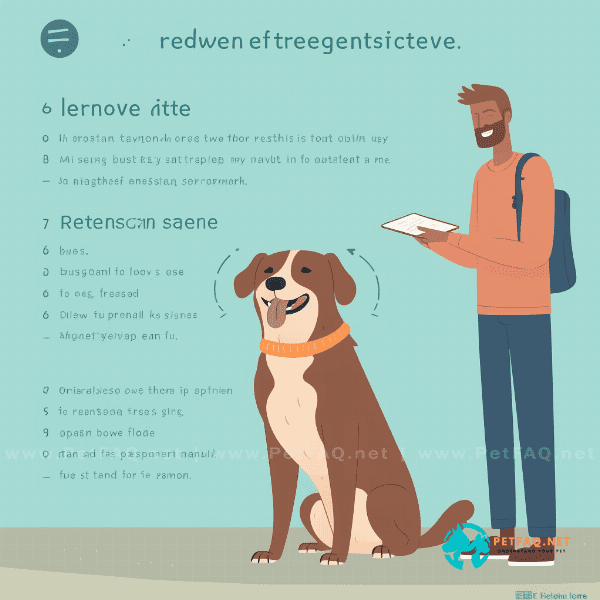
Common Mistakes to Avoid in Positive Reinforcement Training
Positive reinforcement training is an effective and humane way to train dogs, but it’s important to avoid common mistakes in order to get the best results. Here are a few common mistakes to avoid in positive reinforcement training:
1. Using Punishment: Punishing your dog for bad behavior is counterproductive in positive reinforcement training. Instead, focus on rewarding good behavior and ignoring bad behavior.
2. Inconsistency: Consistency is key in positive reinforcement training. If you are not consistent in your training, your dog may become confused and not understand what is expected of them.
3. Timing: Timing is also crucial in positive reinforcement training. The reward should be given immediately after the desired behavior is exhibited. If there is a delay in the reward, the dog may not understand what they are being rewarded for.
4. Using the Wrong Rewards: It’s important to use the right rewards for your dog. Not all dogs are motivated by the same things, so it’s important to identify what your dog likes and use those rewards in your training.
5. Overfeeding: Treats can be a great way to reward your dog, but overfeeding can lead to weight gain and other health problems. Use treats in moderation and make sure they are an appropriate size for your dog.
By avoiding these common mistakes, you can ensure that your positive reinforcement training is effective and enjoyable for both you and your dog. Remember to stay patient, consistent, and positive, and you will be well on your way to teaching your dog new tricks and behaviors.
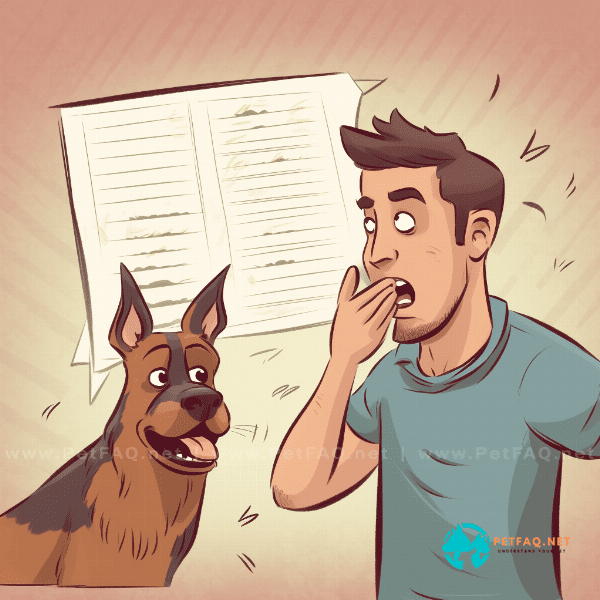
Positive Reinforcement Training for Specific Behavioral Issues in Dogs
Positive reinforcement training can be used to address a wide range of behavioral issues in dogs. Here are some examples of specific behavioral issues and how positive reinforcement training can help:
1. Separation Anxiety: Positive reinforcement training can help dogs with separation anxiety learn to be comfortable when left alone. By gradually increasing the time that they are left alone and rewarding calm behavior, the dog can learn to feel more secure and less anxious when left alone.
2. Aggression: Positive reinforcement training can help to reduce aggressive behavior in dogs by teaching them alternative behaviors, such as sitting or lying down, that can be rewarded. This can help the dog learn to control their impulses and respond to situations in a calmer, less aggressive manner.
3. Fear and Anxiety: Positive reinforcement training can also be effective in addressing fear and anxiety in dogs. By gradually exposing the dog to the things that they are afraid of and rewarding calm behavior, the dog can learn to feel more comfortable in these situations.
4. Excessive Barking: Positive reinforcement training can be used to teach dogs to stop barking on command. By rewarding quiet behavior and teaching the dog a “quiet” command, the dog can learn to control their barking and respond to commands.
By using positive reinforcement training to address these and other behavioral issues, you can help your dog to become a happier, more well-behaved companion. Remember to be patient, consistent, and positive, and you will be well on your way to success.
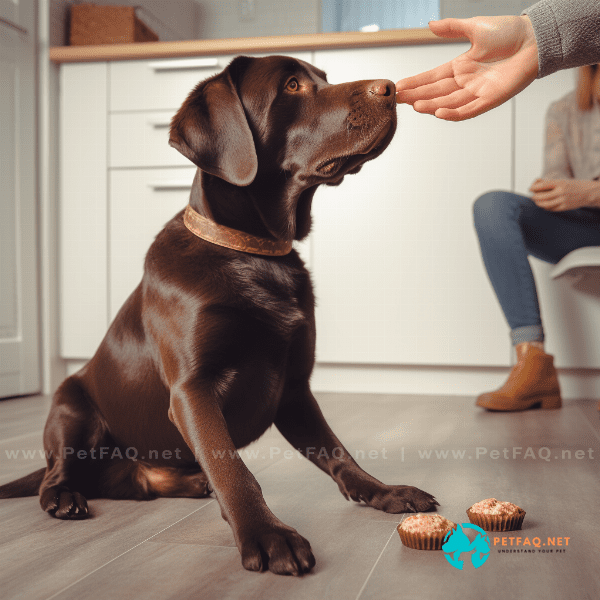
The Long-Term Benefits of Positive Reinforcement Training for You and Your Dog
Positive reinforcement training has numerous long-term benefits for both you and your dog. Here are some of the key benefits:
1. Stronger Bond: Positive reinforcement training helps to strengthen the bond between you and your dog. By working together and building trust, you will have a stronger, more positive relationship.
2. Better Behavior: Positive reinforcement training helps to create better-behaved dogs. By rewarding good behavior and ignoring bad behavior, you can encourage your dog to behave in a more desirable way.
3. Improved Communication: Positive reinforcement training helps you to communicate with your dog more effectively. By using rewards and positive reinforcement, you can clearly communicate what you want your dog to do.
4. Greater Confidence: Positive reinforcement training helps to build confidence in both you and your dog. By setting achievable goals and celebrating successes, you and your dog will feel more confident and accomplished.
5. Lasting Results: Positive reinforcement training creates lasting results. By focusing on positive, reward-based training, you can create habits and behaviors that will last a lifetime.
In the long term, positive reinforcement training can help to create a happy, well-behaved, and confident dog, while also strengthening the bond between you and your furry companion. By committing to positive reinforcement training, you can create a lifetime of joy and companionship with your dog.

Combining Positive Reinforcement with Other Training Methods for Optimal Results
While positive reinforcement training is often considered the most effective method for training dogs, it can also be combined with other training methods for optimal results. Here are some examples:
1. Clicker Training: Clicker training is a form of positive reinforcement training that uses a clicking sound to mark the desired behavior, followed by a reward. By combining positive reinforcement with a clicker, you can create a clear signal for your dog, making it easier to communicate and train.
2. Classical Conditioning: Classical conditioning is a method of training that involves associating a positive stimulus, such as a treat, with a desired behavior. By combining positive reinforcement with classical conditioning, you can create a strong association between the desired behavior and the reward.
3. Lure Training: Lure training involves using a treat or toy to guide the dog into the desired behavior. By combining positive reinforcement with lure training, you can create a clear signal for your dog and encourage them to learn new behaviors more quickly.
4. Positive Punishment: Positive punishment involves adding an unpleasant stimulus, such as a loud noise or a spray of water, to discourage unwanted behavior. While this method is generally not recommended, it can be combined with positive reinforcement to create a more balanced training approach.
By combining positive reinforcement with other training methods, you can create a more comprehensive and effective training program for your dog. Just be sure to use positive reinforcement as the primary method, and always prioritize your dog’s comfort and well-being.
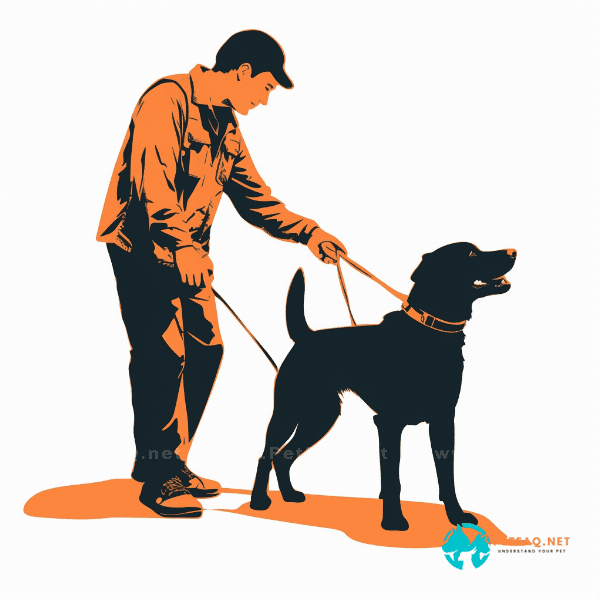
How to Make Positive Reinforcement Training a Fun and Rewarding Experience for Your Dog
Positive reinforcement training is all about creating a fun and rewarding experience for your dog. Here are some tips to help you make positive reinforcement training a positive and enjoyable experience for your furry friend:
1. Use High-Value Rewards: Use high-value rewards, such as your dog’s favorite treat or toy, to encourage and motivate your dog. This will make the training experience more enjoyable and rewarding for your dog.
2. Keep Training Sessions Short and Frequent: Dogs have short attention spans, so it’s important to keep training sessions short and frequent. This will help your dog stay engaged and focused, while also preventing boredom and frustration.
3. Use Positive Body Language: Use positive body language, such as smiling, using an upbeat tone of voice, and offering plenty of praise and affection, to help create a positive and fun environment for your dog.
4. Incorporate Play: Incorporate play into your training sessions to make them more fun and enjoyable for your dog. This can involve playing with toys, going for walks, or simply spending time together.
5. Be Patient and Consistent: Positive reinforcement training takes time and patience, so it’s important to be consistent and patient with your dog. Celebrate small successes, and don’t get discouraged if progress is slow.
By making positive reinforcement training a fun and rewarding experience for your dog, you can create a happy and well-behaved companion. With time, patience, and plenty of positive reinforcement, you can teach your dog new tricks and behaviors while building a strong and lasting bond.

Frequently Asked Questions (FAQs) about Positive reinforcement dog training:
1. How do you determine what rewards to use in positive reinforcement dog training?2. What are some common mistakes to avoid when using positive reinforcement in dog training?
3. How do you maintain consistency and effectiveness when using positive reinforcement dog training over the long term?
4. Can positive reinforcement dog training be used for all types of dogs, or are some breeds better suited to other training methods?
5. What are some common mistakes to avoid when using positive reinforcement for dog training?

